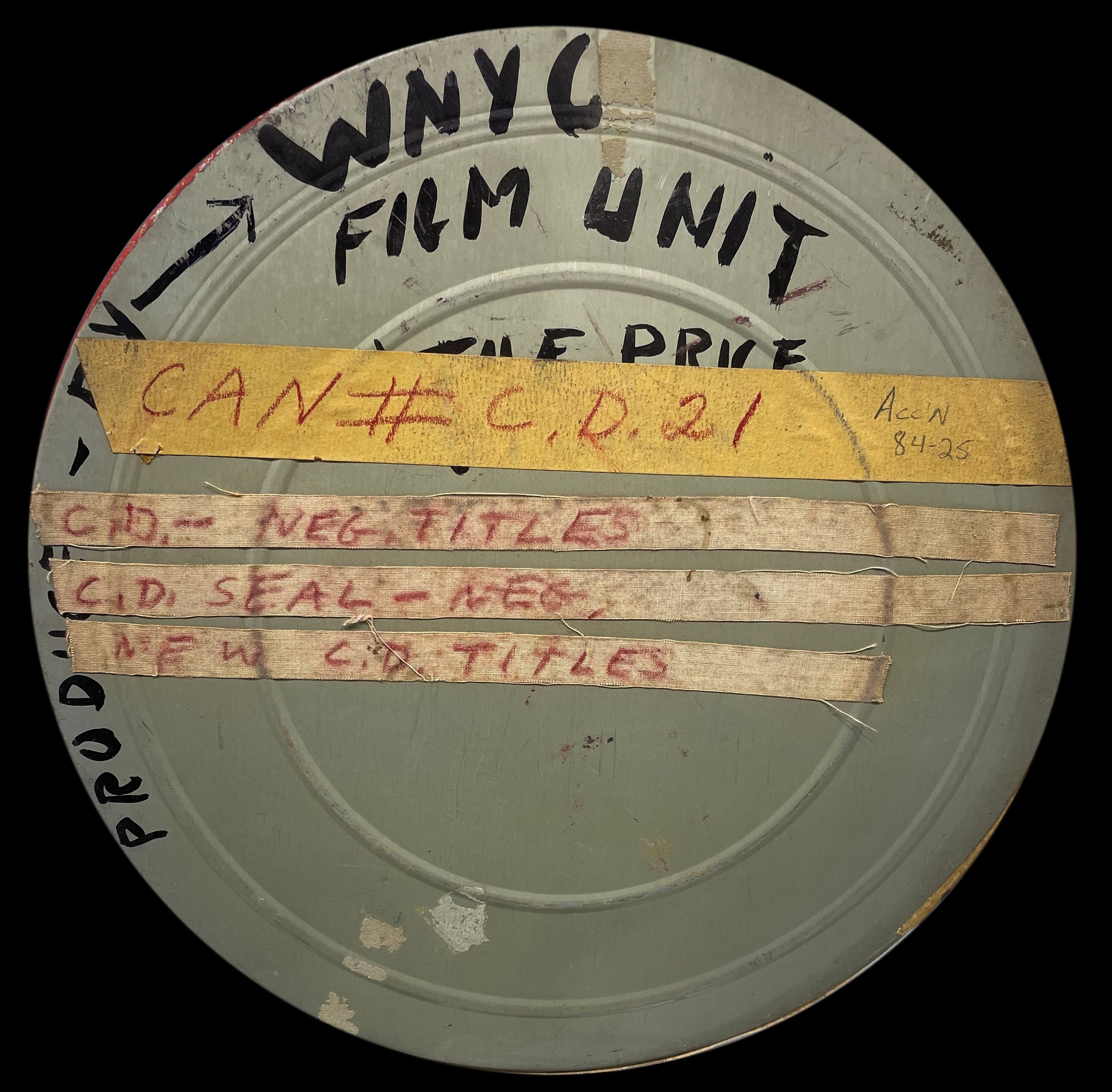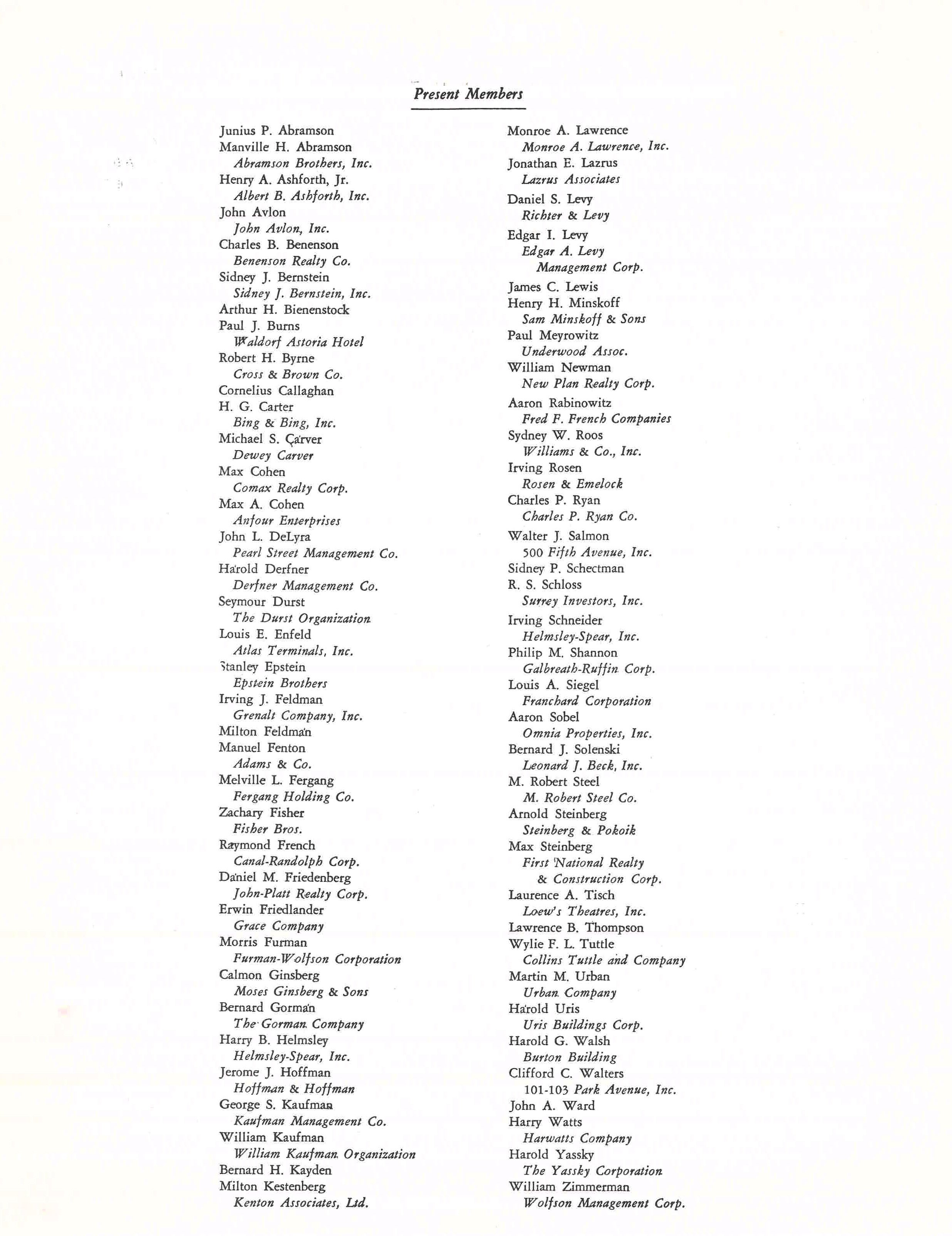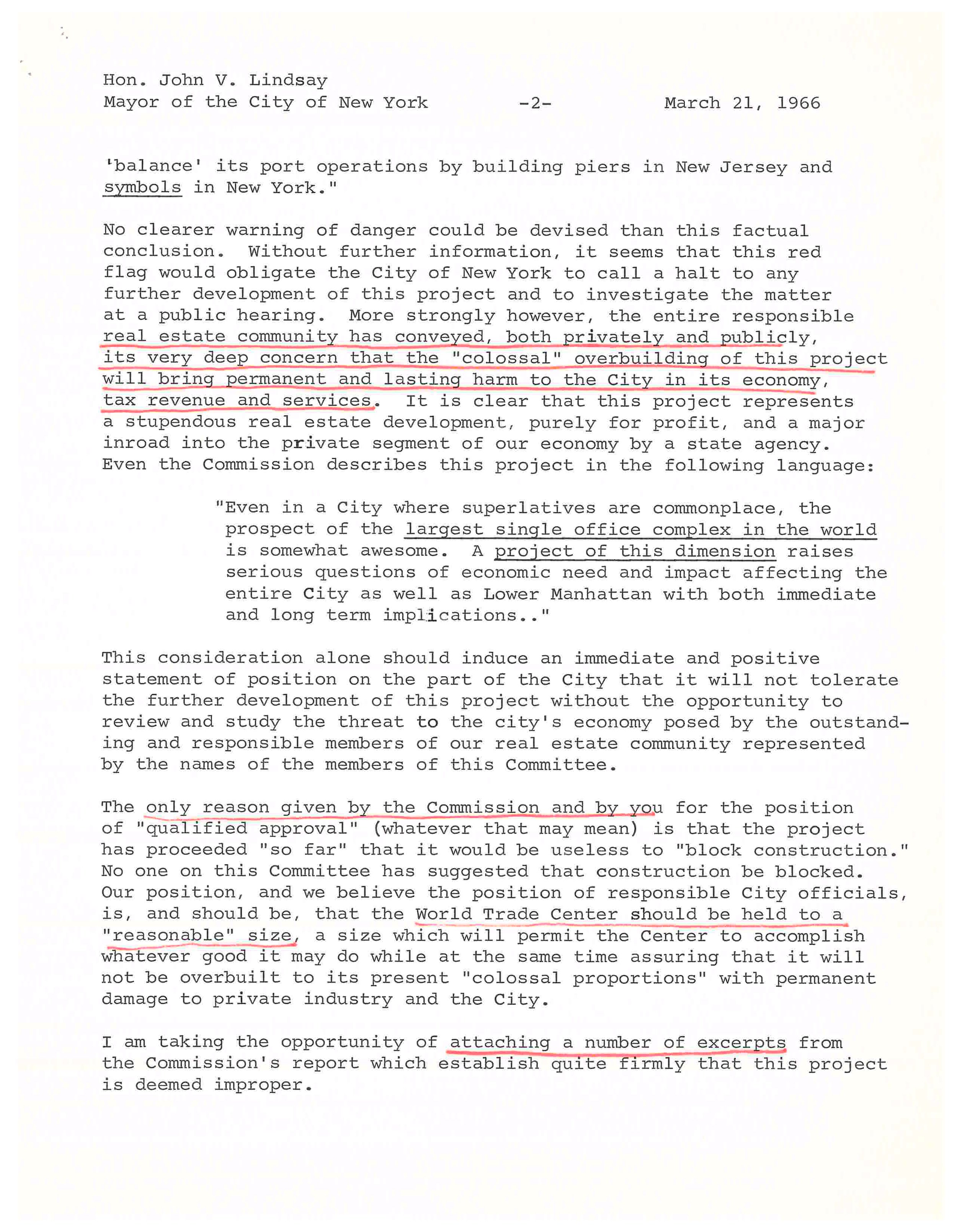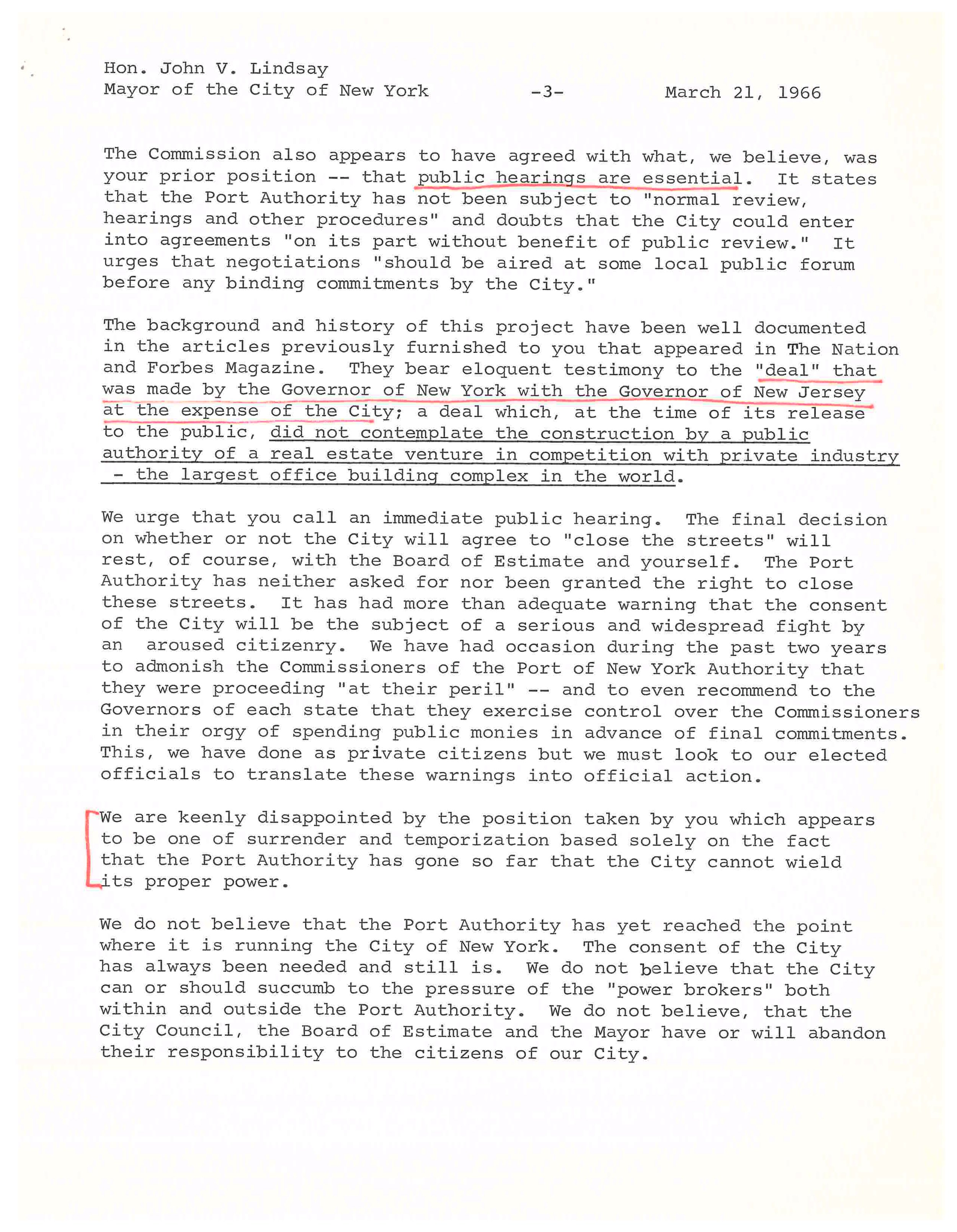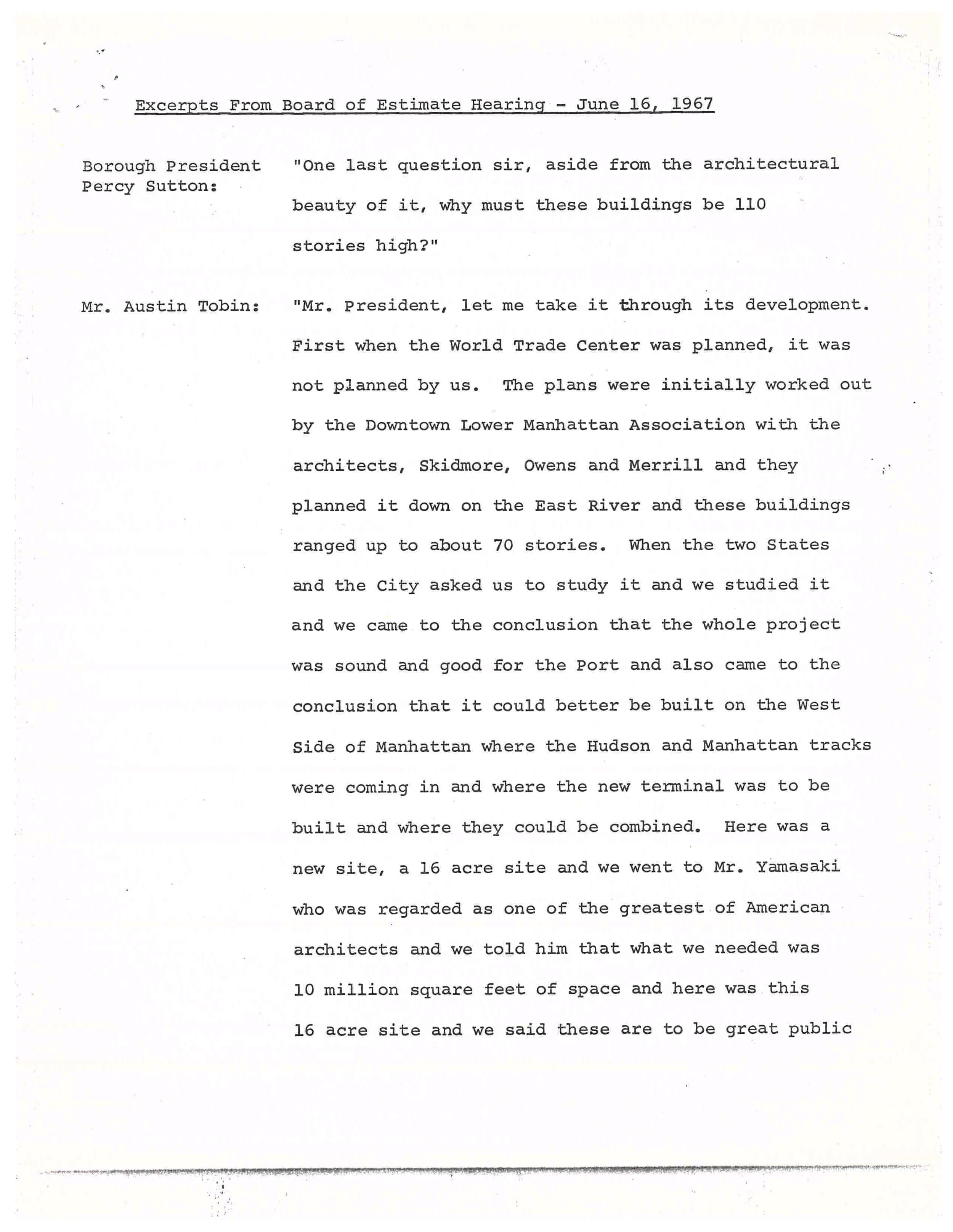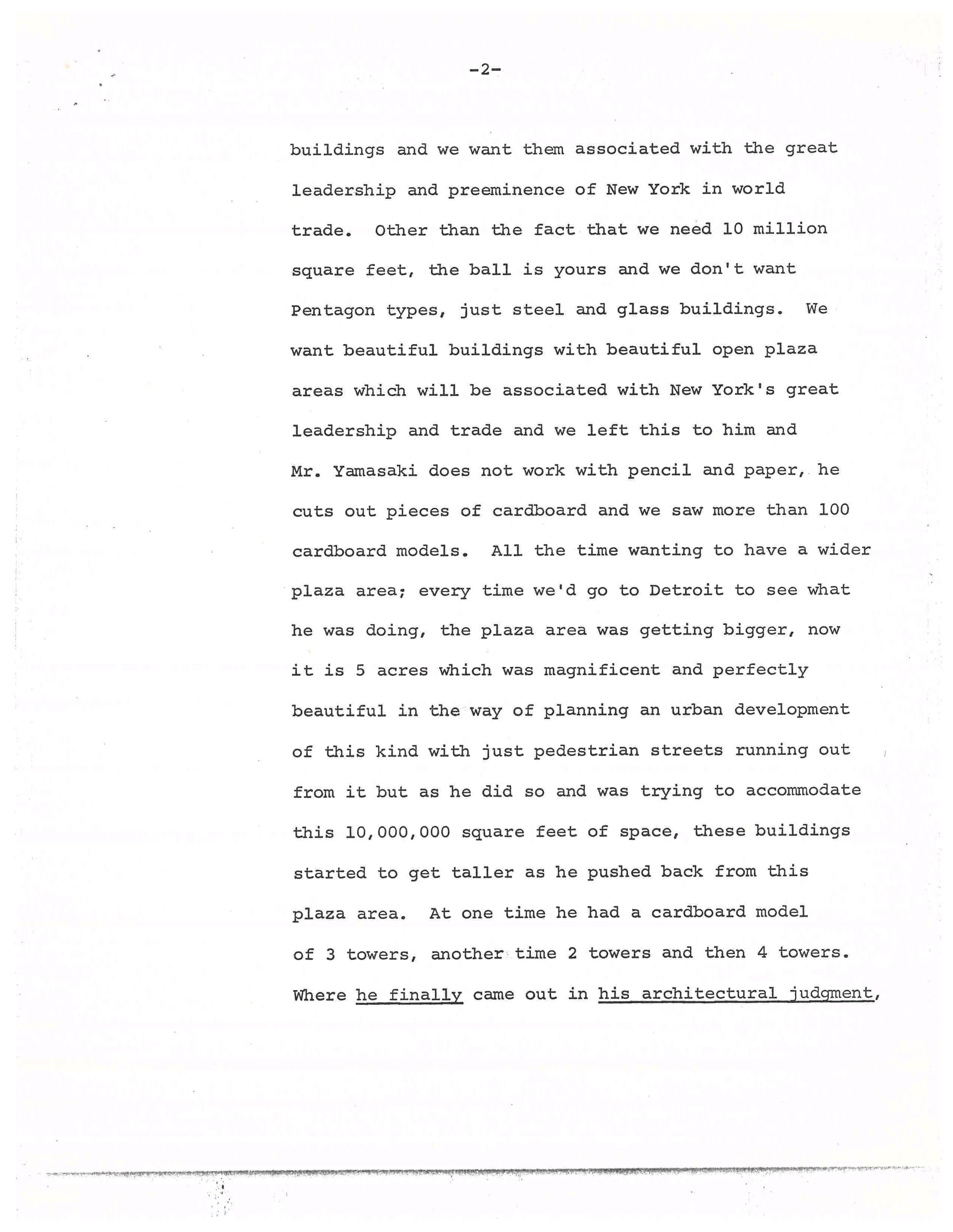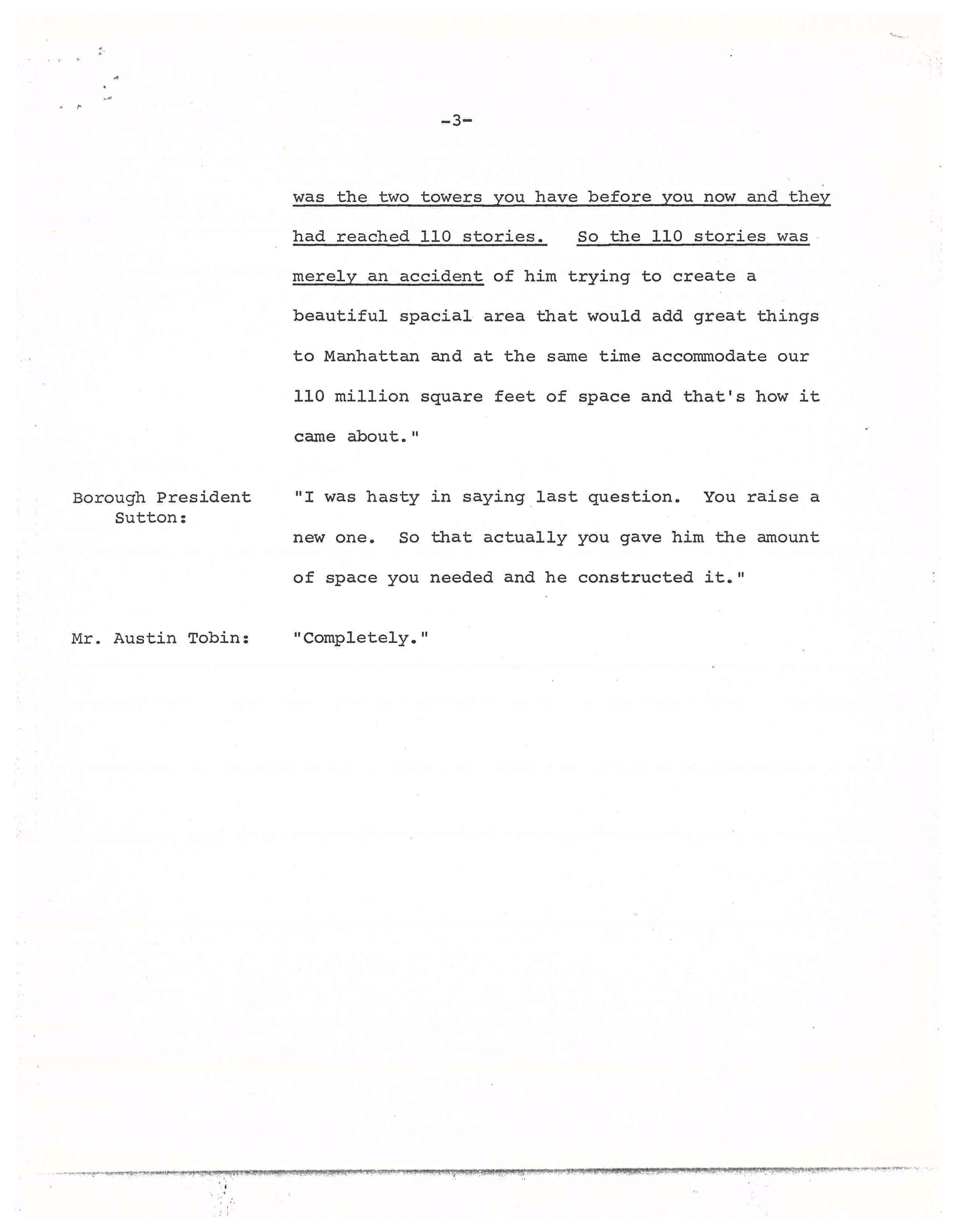BPS 8214: Williamsburg Bridge, view showing [electric] auto truck, south roadway between Bedford and Driggs Avenue, Brooklyn, June 5, 1923.
Eugene de Salignac served as Photographer for the Department of Plant & Structures (originally the Department of Bridges) from 1906 to 1934. During this time, the agency took on many of the functions that would later be taken over by the Department of Transportation and the MTA. When I wrote New York Rises: Photographs by Eugene de Salignac (Aperture 2007), I included a chapter “Accidents.” In it I wrote: “An important part of de Salignac’s job seems to have been photographing accidents that occurred on or under New York bridges or that involved city-operated bus lines. These were documents made for the City’s Corporation Counsel to use in possible legal cases or to show needed repairs to damaged property. Often de Salignac arrived at the scene within minutes of the incident before passengers had even been evacuated.” What I did not cover in the book were the ways that the Plant & Structures agency tried to address the growing problem of traffic safety. This week’s “For the Record” takes another look at these photos.
BPS 8215: Williamsburg Bridge, view showing [electric] auto truck, south roadway between Bedford and Driggs Avenue, Brooklyn, June 5, 1923.
BPS III 2022: Manhattan Bridge, view showing auto damaged by accident, February 23, 1924.
BPS 5880: Park Circle stage line accident 11:30 a.m., close view, December 6, 1919.
BPS 4974: Lenox Avenue Bridge 145th Street showing accident to auto, Bronx approach north side, July 10, 1917.
BPS 7226: Vernon Avenue Bridge view showing accident to auto truck, May 15, 1922.
BPS IV 1874: Queensboro Bridge, Queens view showing automobile accident, June 11, 1920.
BPS III 1848: Manhattan Bridge view showing auto [taxi] damaged by accident in roadway north side at point 51 looking east from roadway, main span, October 23, 1918.
BPS III 1295: Manhattan Bridge Brooklyn showing accident, J. Ruppert auto truck from subway wall, November 13, 1913. This strange looking vehicle is another electric delivery truck, which were quite common in the City in the early part of the 20th Century.
Nineteenth-century New York was not without traffic accidents. People were struck and killed by horse-drawn carriages and trolley cars with some regularity, and the first recorded automobile accident was on May 30, 1896. However, the early twentieth century saw all manner of new and faster vehicles on the streets of New York, both gas-powered and electric. The introduction of the Model T in 1908 made gas-powered cars ubiquitous and by the nineteen-teens they dominated the roadways. With little in the way of traffic signs or rules of the road, accidents were inevitable. Early cars were not equipped with safety features and accidents were often fatal. In 1913, The New York Times (in an article entitled “Death Harvest”) reported that from 1911 to 1912 the number of people killed from horse-drawn vehicles decreased from 211 to 177, and from streetcars from 148 to 134, but automobile fatalities had risen from 112 to 221. Almost all were pedestrians. In comparison, in January of this year, the Times reported that 2024 had experienced a surge in pedestrian deaths, which had jumped from 101 in 2023 to 119.
BPS IV 2577: Queensboro Bridge showing accident to auto, May 22, 1933.
BPS 7267: 42nd Street and Fifth Avenue view showing Plants & Structures Commissioner Grover Whalen at grand opening for new signal tower for Police Department, June 16, 1922.
BPS 7524: 42nd Street and Fifth Avenue, erecting signal tower, Police Department, December 13, 1922. In the background can be seen the original 1920 signal tower. The new tower is flat on the truck.
BPS 7524: 42nd Street and Fifth Avenue, erecting signal tower, Police Department, December 13, 1922. The new bronze signal tower, designed by Joseph H. Freedlander, being hoisted into place.
BPS 8435: Traffic Tower 42nd Street and Fifth Avenue view of tower, October 18, 1923.
BPS 8436: Traffic Tower 42nd Street and Fifth Avenue view of tower “close,” October 18, 1923.
The first electric traffic lights came about in the nineteen teens, but New York City did not get one until 1920. It was a tall tower with a wooden shed from which a police officer manually controlled the lights. It was installed at Fifth Avenue and 42nd Street, under the oversight of Dr. John F. Harriss, the City’s first traffic commissioner. A typed report from 1953 in the Municipal Library “vertical files” states that “The first traffic towers were in use March 11, 1920, at 34th, 38th, 42nd, 50th and 57th Streets and were painted white with black trim. These towers were replaced by more elaborate ones provided by the Fifth Avenue Association in 1922-3.” A police patrolman in each tower manually operated the signals, though in 1926, a system was installed so that one operator could control the signals in all the towers.
In 1924, the City started installing more towers, mostly at busy intersections in Brooklyn. The first independent traffic lights appeared in 1928, marking the end for the system of traffic towers. A 1928 City Record report by the Department of Plant & Structures notes extensive contracts for the installation of lights: 22 on 10th Avenue and Amsterdam Avenue, 17 on 4th Avenue in Brooklyn, 19 in Queens, 14 along 125th Street, and a smattering in the Bronx. Lights were not yet installed on Staten Island. A completely automated system for Manhattan went into operation on March 8, 1929, and on May 7th the demolition of the old towers began.
BPS 8949: Ceremony at opening of traffic towers Grant Square, Brooklyn, June 17, 1924.
BPS 9018: Police traffic light at Broadway and Vesey Street, July 9, 1924.
BPS 9019: [Crowd at opening of] Police traffic light at Broadway and Vesey Street, July 9, 1924.
Although they were short-lived, the traffic towers had been met with much fanfare when they opened. De Salignac seems to have dashed between many on the same night more than once. His photographs of these towers, all similar, but all different, bring to mind the images of water towers and other industrial structures taken by the conceptual German photographers Bernd and Hilla Becher in the 1960s and 1970s. Enjoy.
Above: Traffic towers along Bedford Avenue, Brooklyn, May 16, 1924.
Above: Traffic Tower Lights, March 5, 1926. Location unknown.
BPS 10053: Traffic tower lights, March 5, 1926.
Above, left and center: Manhattan Bridge showing signal tower, January 15, 1924.
Right: Manhattan Bridge, view showing signal tower Manhattan end of new roadway where auto collided, February 23, 1924.
BPS 11860: Traffic lights, Ocean Avenue and Caton Avenue, August 4, 1928.
BPS 11741: Traffic light and post damaged at 34th Street and Lexington Avenue, May 17, 1928.
All photographs above by Eugene de Salignac, Department of Bridges/Plant & Structures Collection, NYC Municipal Archives.
Sources:
In 2014, Christopher Gray (a cherished and missed friend of this agency) wrote about the history of New York’s Traffic lights in his popular New York Times “Streetscapes” column:
https://www.nytimes.com/2014/05/18/realestate/a-history-of-new-york-traffic-lights.html
For more on the Bechers: https://spruethmagers.com/artists/bernd-hilla-becher/
























